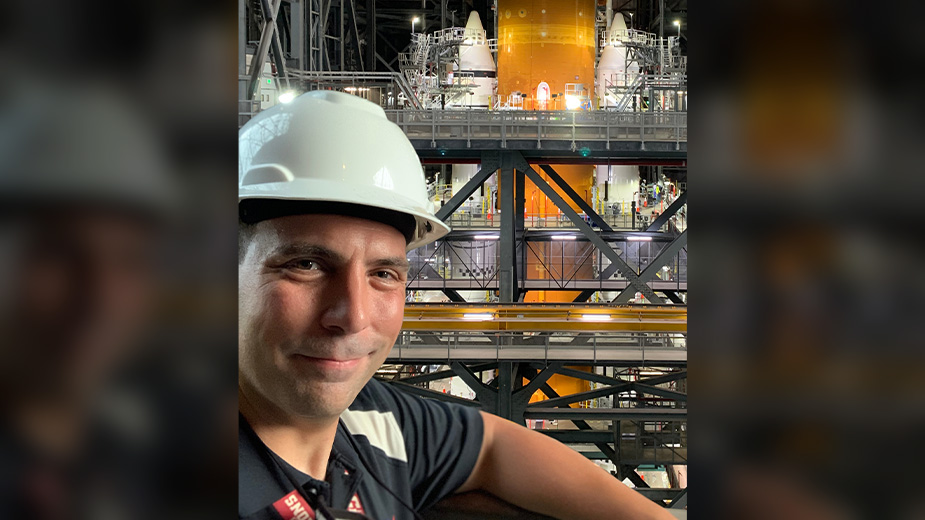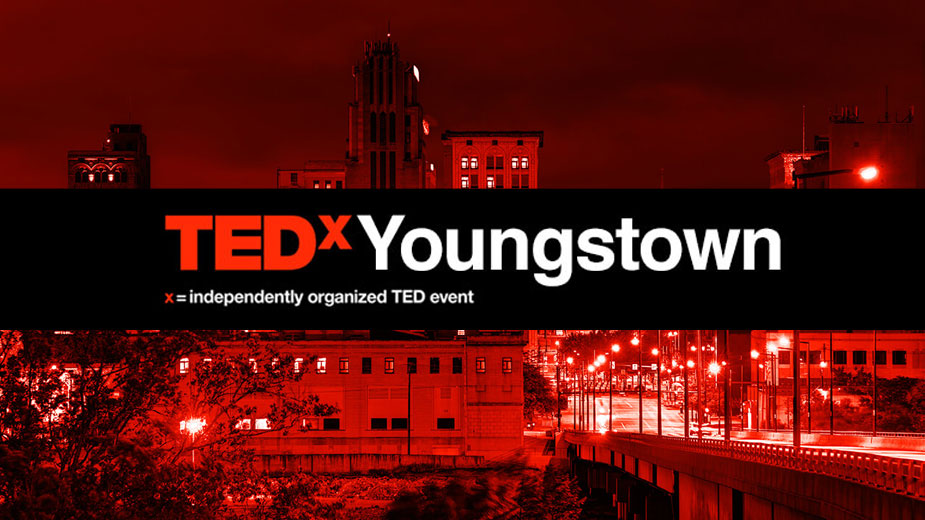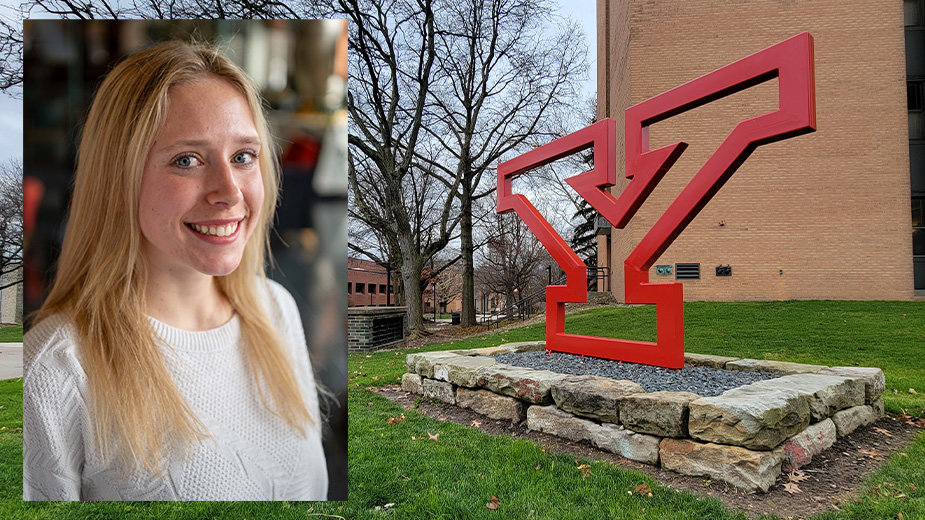Students Find their Musical Voice Through Technology
YOUNGSTOWN – In 2006, Will Kuhn was asked to leave his role as assistant band director at Lebanon High School to create a class in an unused computer lab; he was uncertain about where to start.
Kuhn sought an engaging experience for the students he aimed to serve – seniors who hadn’t earned their one-semester fine art credits required for graduation. He realized the instruction needed to be fun, compelling and devoid of a steep learning curve.
He ultimately established a creative environment where students used electronics to craft music. Kuhn now runs a comprehensive program that caters to students of varying levels and interests, many of whom employ technology to produce audio and visual projects.
Kuhn has set up a lab equipped with Ableton Live software and Ableton Push, a standalone digital audio workstation for each student. Kuhn emphasized that establishing such a facility isn’t as costly as securing instruments for a school ensemble orchestra, noting that grants are available for such endeavors.
“Having a healthy music tech program can enhance the orchestra and choir program at the school,” Kuhn said. It gives students not interested in performing on stage or lacking money for an instrument an opportunity to find their voice through music and to interact with students involved in music programs.
Kuhn said graduates from his program are now working in broadcasting, audio performance and even launching their own production companies. Unlike traditional music, where students perform pieces composed by others, his program offers flexibility. Students have the opportunity to explore new genres and produce music similar to what they enjoy with their friends.
“The idea is 20% of students actually take a music class in school and it ends up being things like piano, violin, classical music, not necessarily what they listen to with their friends,” said Thomas Faulds, a sound designer and percussionist based in Chicago.
Faulds helps music teachers to become familiar with and trained on Ableton digital audio workstations. He connects teachers to a program offering the software free of charge to K-12 schools. He also markets the Ableton Push system and collaborated with Dan Keown, an associate professor of music education at Youngstown State University, to present more information at the McDonough Museum of Art on Wednesday. Faulds mentioned that while there is significant interest in Ableton among local educators, many are beginners seeking further information.
The equipment both produces and captures music, enabling students to transition their creations from the Push system to mobile apps and computers. Rather than experiencing downtime, musicians can use their phones to sustain their creative momentum.
“This is something I’m personally just passionate about,” said Faulds, who has been working for Ableton for about 12 years visiting schools.
Lawrence Gray, a lifelong musician, founder and executive director of the Young Producers Group in Los Angeles, notes the philosophy around Ableton and digital is about making the music program “fun and cool, meeting kids where they are.”
“When people see themselves in the curriculum and when they see themselves in what they are being asked to do, they are engaged more,” Gray said, adding when they are so inspired, teachers can take them anywhere.
Gray and Kuhn are Ableton Certified Trainers. Gray said this program helps teachers to close the gap between what students need to learn about music and what students want to learn about music.
Gray believes music has changed, but sometimes teachers have biases that keep them from having an inclusive music classroom. Digital audio workstations allow students to learn about the sounds of various instruments and even sounds that do not come from actual instruments. Then they use those recorded sounds to create “culturally relevant,” music that reflects their own voice, Gray said.
“Band, orchestra and choir can oftentimes mean White, can mean suburban, can mean privileged,” Gray said. “There are infinite numbers of cultures outside of that – that have to check themselves at the door when they are trying to play a certain type of song that the band director chose. By making culturally relevant [music], you are actually making space for the student to do their thing.”
While one student may want to make a song about something serious such as violence in their neighborhood, another may want to make one with silly rhymes about a pop culture icon. Either type is relevant and music to Gray.
“That’s the beauty of digital audio workstations, it’s a mirror. It’s whatever you want to bring instead of being a funnel to the music teacher.”
At this point most students have computers following the pandemic. It makes utilizing this software accessible for even more schools.
“This is a very accessible thing that you can have that will add another dimension to your existing STEM or STEAM program and draw in a new kind of student into the arts,” said Kuhn.
Keown said YSU is using and teaching this kind of technology to music education majors. Those soon-to-be teachers and the ones attending Wednesday’s event will be pioneers for the future of music education.
YSU has added a recording arts – audio engineering program in the Dana School of Music, which are using several types of technology and digital software programs.
Keown said digital audio workstations and the software behind them are where music meets technology. Ableton is very interested in education and embracing all types of music and the different people who make it.
Pictured at top: Will Kuhn (right) and Lawrence Grey (left) explained to teachers how to reach the remaining 80% of students not participating in school music programs using Ableton’s Push, a digital audio workstation and software.
Copyright 2024 The Business Journal, Youngstown, Ohio.



